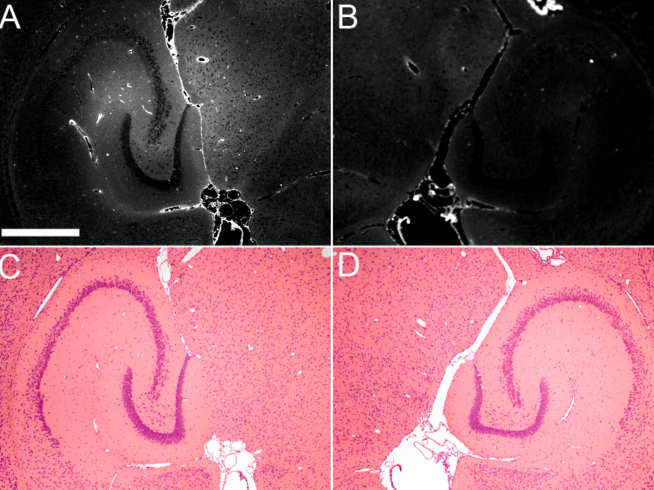Development of a noninvasive and localised blood-brain barrier opening system for the treatment of Alzheimer’s Disease
Supervisors
James Choi (Bioengineering)
Magdalena Sastre (Division of Brain Sciences)
Current Alzheimer’s Disease (AD) drugs treat symptoms, but not the underlying disease process. Despite the availability of neurologically potent drugs (eg, inhibitors, antibodies), cerebral capillaries (ie, blood-brain barrier) block their entry into the brain.
The student will design, construct, and characterise a non-invasive ultrasound-based technology that drives systemically administered microbubbles into volumetric oscillations. This technology exerts mechanical stress from within the capillaries to increase permeability and allow drugs safe passage into the brain. The student will then use this technology to deliver drugs in transgenic AD mice, reduce AD pathology, and improve cognitive function.

Key References:
[1] Choi JJ, Selert K, Vlachos F, Wong A, Konofagou EE. Noninvasive and localized neuronal delivery using short ultrasonic pulses and microbubbles. Proc Natl Acad Sci U S A. 108(40) 2011.
[2] Choi JJ, Selert K, Gao Z, Samiotaki G, Baseri B, Konofagou EE. Noninvasive and localized blood-brain barrier disruption using focused ultrasound can be achieved at short pulse lengths and low pulse repetition frequencies. J Cereb Blood Flow Metab. 31(2) 2011.
[3] Pouliopoulos A, Bonaccorsi S, Choi JJ. Exploiting flow to control the in vitro spatiotemporal distribution of microbubble-seeded acoustic cavitation activity in ultrasound therapy. Phys Med Biol. 59(22) 2014.
[4] Sastre M et al. Nonsteroidal anti-inflammatory drugs repress beta-secretase gene promoter activity by the activation of PPARgamma. Proc Natl Acad Sci U S A. 103(2) 2006.
[5] Mi W, Pawlik M, Sastre M, et al. Cystatin C inhibits amyloid-beta deposition in Alzheimer's disease mouse models. Nat. Genet. 39(12) 2007.
[6] Parr C, Carzaniga R, Gentleman SM, Walter J, Van Leuven F, Sastre M. Glycogen synthase kinase 3 inhibition promotes lysosomal biogenesis and autophagic degradation of the amyloid-β precursor protein. Mol Cel. Biol. 32(21) 2012.


